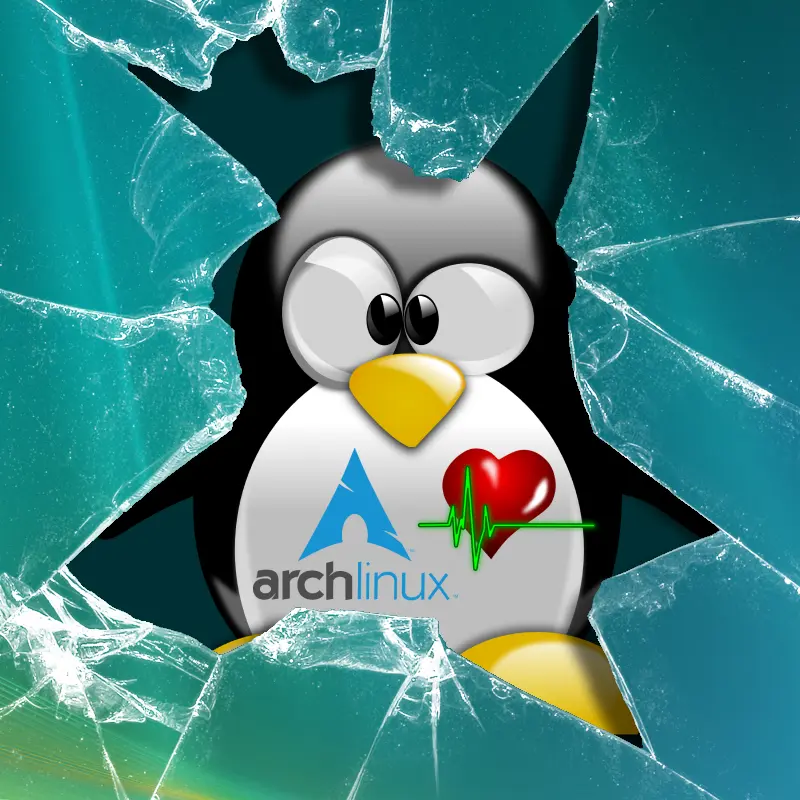It is pretty nice but ultimately it’s just Debian with a slightly different package set and a theme. You can boot the regular live image and set the theme to Adwaita-dark and there’s not really much difference.
Hi there, SpiralLinux creator here. On one hand, I agree with you that it is indeed “just Debian”, which was a primary goal of the project. There is absolutely no dependence on me or the SpiralLinux project for maintenance of the installed system. However there are a huge number of changes from a vanilla Debian installation apart from the package selection and theme. A lot of the changes are quite low-level and would be difficult for many users to discover or implement on their own. These changes are achieved via proper configuration files that survive future Debian updates. You can see what has been modified and implemented by downloading the
live-buildrecipe tarball from the SpiralLinux Github page, and look in theconfig/includes.chroot/andconfig/hooks/normal/directories. Where feasible I try to properly comment the reason for the changes.I’m not trying to pull away satisfied Debian users, but I believe there is a significant number of users that would like to run a pure Debian system but aren’t doing so because they find the installation and initial configuration for some reasonable polish and niceties to be a bit too much work.
Hello, great to see you on here! I’ve followed your posts about this in the past and I have looked at the source of the Buster-based XFCE image exactly as you said. I should check out your Bookworm source too.
I also used to think Debian was a good distro lacking good config, and that was the advantage which Ubuntu brought to the table. Then I started using Debian full time and realised I was wrong. Once you set a graphical theme and make a few tweaks there isn’t a great amount of difference from more friendly distros like Ubuntu or PopOS. I suspect this also has something to do with just how good Bookworm is. I’m also arguably an advanced user (Linux-curious since 99 and full time since 07, patches in many open source projects, my job is fixing Linux) so I don’t find the things which Spiral does are difficult to understand or to do myself if I want.
SpiralLinux wasn’t the only factor in why I ditched Ubuntu and switched to Debian, but you definitely helped me to see that Debian is a viable good desktop distro and that it really doesn’t need a lot of changes from the base install, and for that I’m very grateful. Thank you.
For me, the thing holding me back from doing SpiralLinux installs is Calamares. I want to do a custom partition encrypted LVM install and Calamares just can’t do that. So unfortunately in this way, Spiral is worse than plain Debian. If Spiral offered an install iso which used the proper superior debian-installer that would be quite compelling to me, but maybe additional needless work for you.
In any case, if you are bringing new users to Debian then it’s a win.
Yes, it is just Debian, by design, but takes a lot of the hassle out have having a functional desktop. I know the next time I do a Debian install it will be done with Spiral, because it will save me time an trouble. Additionally, for peolple new to Linux, they don’t even know that a Debian install is not a finished state or what they need to do after installing. Spiral makes Debian proper accessible and safer for new users.
I mean there’s quite a few Debian-based distros that solve that issue…
How is the existence of Spiral Linux out of character or step with the existing Linux space. As far as I can tell, there have been a great many Linux hammers and nails to choose from to fit the various needs and fancies of people. Additionally, there may be a bunch of solutions to my need, but Spiral is the one I know about.
True, I just don’t think the concept of Spiral Linux is revolutionary.
deleted by creator
I just want to add that an (IMO) under-recognized distro doing similar work is Siduction.






